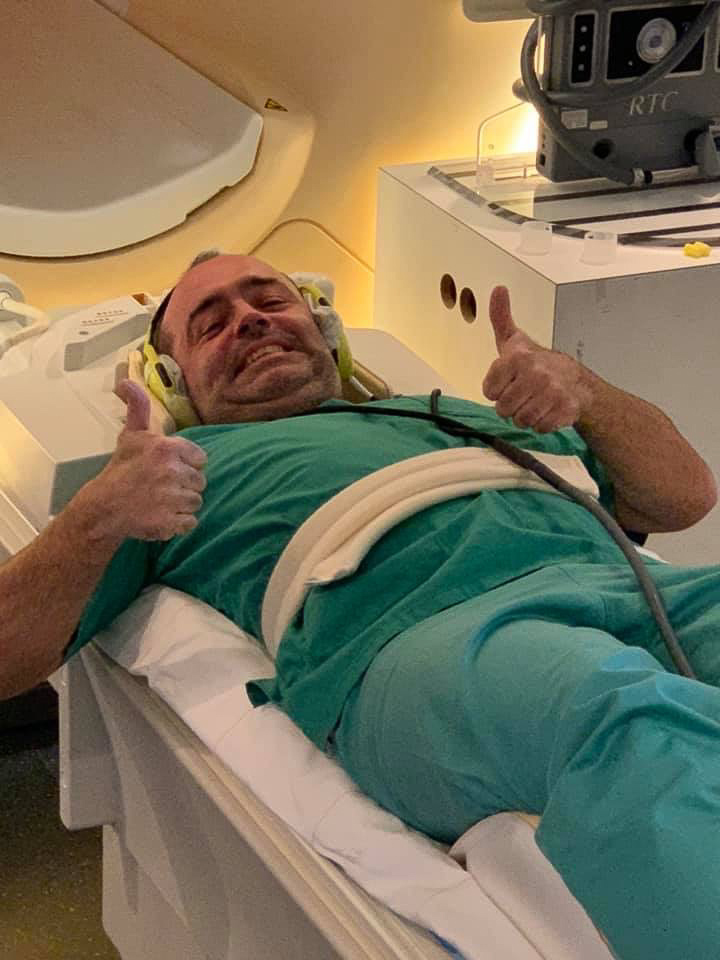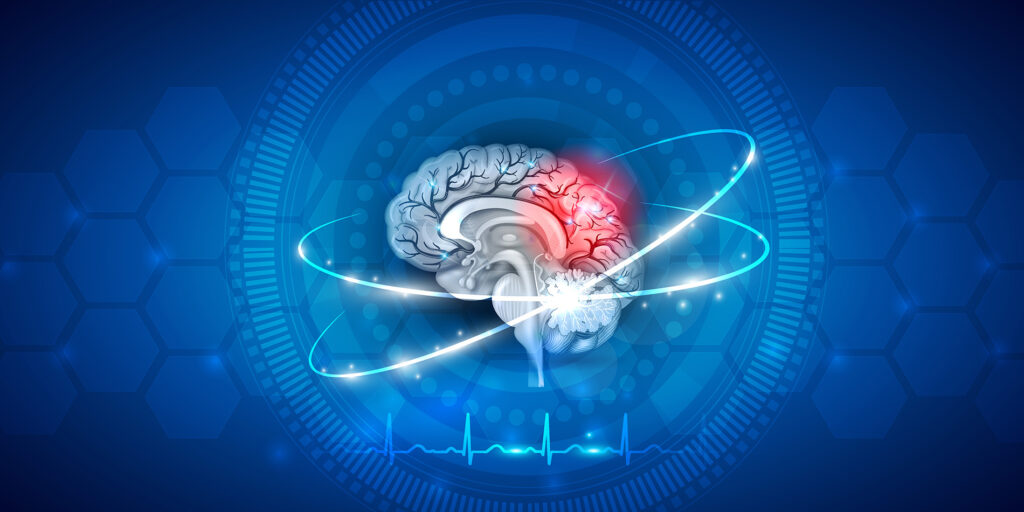Two hypnosis states based on OMNI hypnosis inductions, based on the methods of Dave Elman and Gerald Kein, have been scientifically validated.
The University of Zurich together with OMNI Hypnosis International / Hypnosis.NET GmbH have published a groundbreaking study where two hypnosis states have been demonstrated.
This study sheds new light on how our brain experiences hypnosis.
The research is part of the HypnoScience® project.
It represents a major step forward in the understanding and acceptance of hypnotherapy.
This applies to both society and medicine.
Two hypnosis states portrayed

The study was conducted with 50 healthy and hypnosis-experienced subjects.
It shows that hypnosis leads to specific changes in the functional connectivity of the brain.
The results confirm that hypnosis is both visible and measurable in the brain.
They also reveal the existence of at least two different hypnotic states: Somnambulism and the Esdaile state.
This topic is controversial within the scientific community.
The findings significantly expand our understanding of hypnosis.
In general, there is little consensus on the neural mechanisms of hypnosis.
Here again, the study makes a valuable contribution.
It contributes to the discussion of which brain regions are involved during hypnosis.
Standardization and reproducibility
OMNI hypnosis inductions, based on the methods of Dave Elman and Gerald Kein, have been scientifically validated. Researchers have shown that the results are extremely robust; in fact, hypnosis is visible because of altered functional connectivity in the brain.
In other words, you can see directly in the MRI scanner when the brain is in hypnosis.
The data confirm that the state of Somnambulism and Esdaile is reliably achieved with our standardized and reproducible methods, even in challenging scanner environments, such as small spaces and noise.
This is crucial, as previous studies often produced inconsistent results due to a lack of coherent methodological standards.
The precisely standardized OMNI hypnosis inductions, which any trained OMNI hypnotherapist can reproduce, will overcome this problem in the future.
Comparisons to Propofol and LSD
Interestingly, the subjects in Somnambulism (1) showed similar patterns in some areas of the brain as those in whom anesthesia was induced with Propofol. In hypnosis, however, you are always fully conscious, so the states are not comparable. Propofol is said to have a relaxing and euphoric effect, a perception also often experienced in hypnosis. In the Esdaile state (2), subjects often reported altered body perception or a complete “disconnection” from the body. Apparently, these perceptions are associated with altered coupling mechanisms of the cortical somatosensory integration systems in the brain, as is often found in states of consciousness induced by LSD (and other drugs). The authors point out that further studies are needed to confirm this hypothesis. 1) Somnambulism: A deep state of hypnosis, which is a prerequisite for modern and revealing hypnotherapy (Regression to Cause), as well as for enabling pain-reducing sensations (hypno-analgesia), dental work or pain-free childbirth. 2) The Esdaile state is a very deep form of hypnosis in which one can experience mental euphoria.
This state automatically leads to complete absence of pain (hypno-anesthesia) and, in addition, involves other exciting effects that have not yet been fully researched.
Therapists can effectively use the Esdaile state in treating and counseling burnout clients, in pain management and for general recovery work.
In addition, this state makes it possible to perform major surgical procedures without the use of pain medication or chemical anesthesia.
Significance of two hypnosis states for practice
These results have a direct impact on our practice and training methods; they reinforce the effectiveness and scientific nature of our approaches and open new avenues for the use of hypnosis in medicine and therapy, making hypnosis an important tool in modern health care.
Link to the survey: https://www.frontiersin.org/articles/10.3389/fnhum.2023.1286336/full
If you want to pursue hypnosis training with a solid scientific foundation, sign up for the OMNI hypnosis training.
Also read the article on 20 years scientific research on hypnosis


